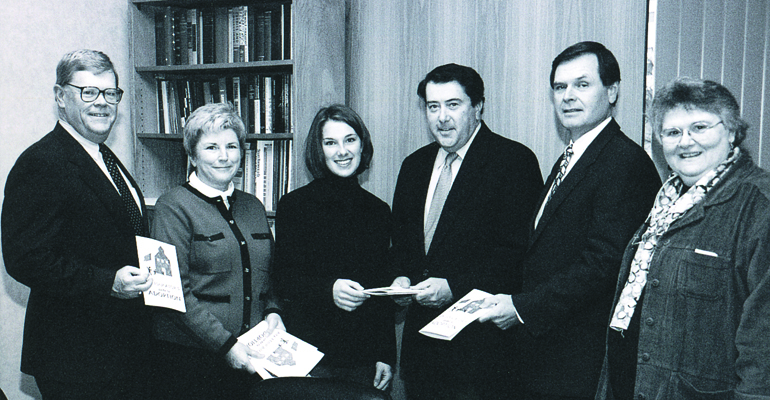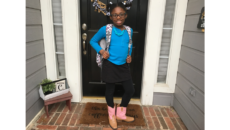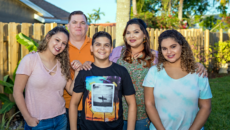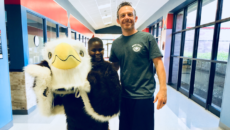My friend Susan was determined to set a positive tone at the first open house of the year at her daughter’s preschool. Hand in hand with her daughter, Sasha, Susan approached the teacher, and after chatting, told her that she and Sasha were an adoptive family. “Well,” said the teacher, “we’ll be looking for those abandonment issues to show up, won’t we?” Susan was shocked. Why was the teacher psychoanalyzing her child before she even knew her? And why was she suggesting that any problems that might occur would be related to adoption?
Unfortunately, many educators retain old-fashioned attitudes about adoption — and these attitudes affect our children. Despite research finding no personality or achievement differences between adopted and non-adopted children, studies show that teachers believe that adoptees are more likely to act out, less likely to achieve, and more likely to need psychological services.
Parents cannot single-handedly change American perceptions of adoption. But we can show our own communities that adoption works — and we have the studies to prove it!
One Mother’s Success
Here’s what Leah O’Leary did: She asked the business community in her town of Norwood, Massachusetts to underwrite the distribution of a copy of An Educator’s Guide to Adoption to every teacher, guidance counselor, and administrator in the Norwood school system. “Kids are vulnerable in school situations, especially in any area where they feel different from other kids,” says O’Leary, who is executive director of A Red Thread Adoption Services. “Adoption shows us there is more than one way to have a family. Transcultural adoption, transracial adoption, adoption by singles and same-sex couples are redefining the way we think about families. This is what An Educator’s Guide explains in a simple, powerful, yet non-threatening way. ”
O’Leary began with a letter to the superintendent of the Norwood School District about her goal. (O’Leary’s letter follows). In a follow-up meeting, O’Leary explains, “I was careful not to ask for anything but a little time and effort, because schools are overburdened as it is. The superintendent immediately understood.”
Next, O’Leary went to the business community. “I wrote each business that I thought would be interested, enclosed a copy of the guide, and asked for any help they could provide,” she says. Just as she expected, the adoptive parents within the business community provided a network of financial support.
“People really do want to do the right thing. You just have to provide an opportunity for them to get involved. The bank underwrote the cost of photographs to accompany press releases we sent out to the local papers. The school district contributed a staff person to take a count of how many copies we’d need, to distribute them, and to answer questions from staff. After an article about a public ceremony to donate the books appeared, a businessman sent me a check for the entire balance we had yet to raise.”
Despite her success, O’Leary feels her work remains unfinished. “I see this project as just the first step in a multi-year effort to get tools, presentations, and materials into classrooms in my town. I also want to get them into the hands of every day-care provider,” she says. “Any local support group or agency can do the same in their community.”



